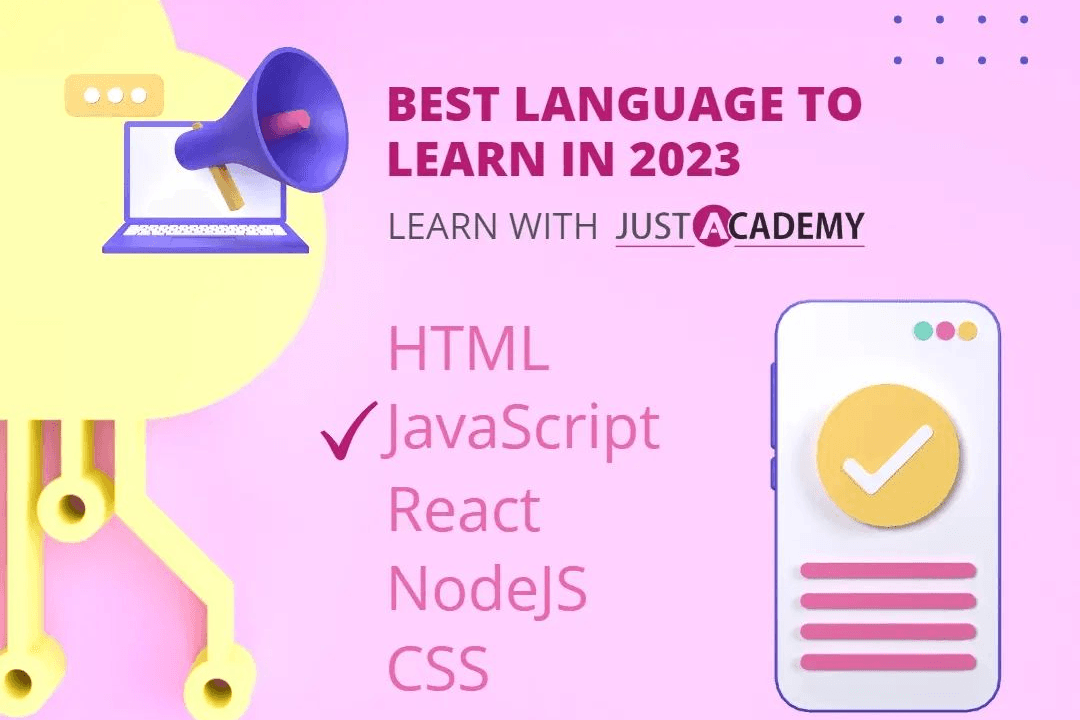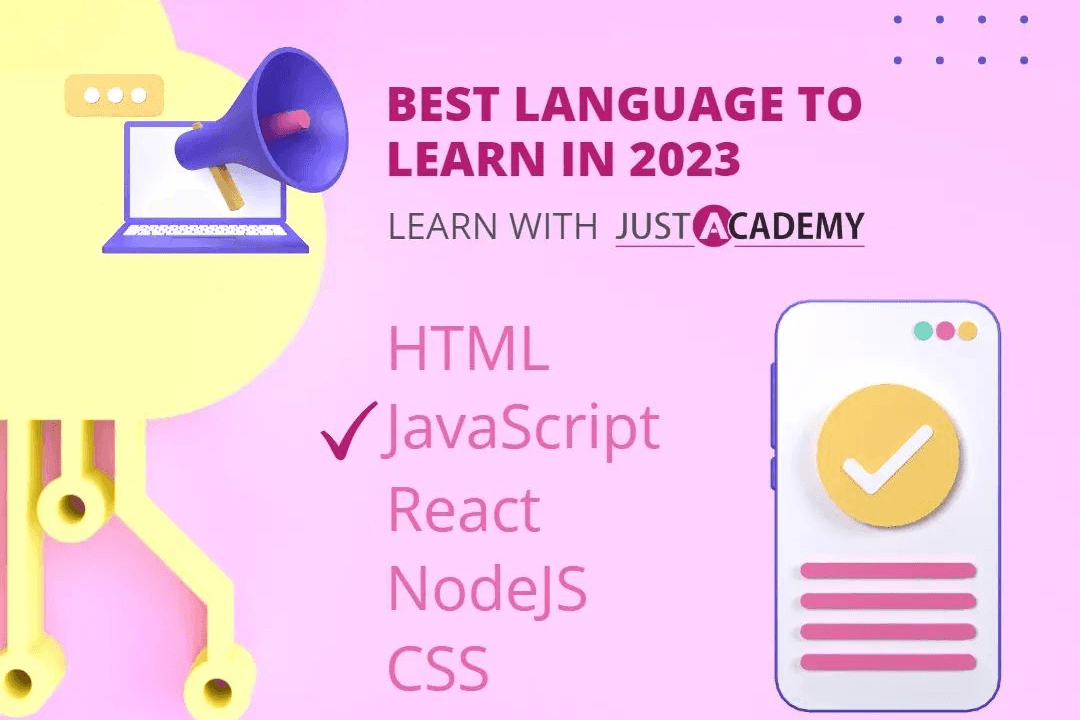java full stack questions
Comprehensive Guide to Java Full Stack Development Interview Questions
java full stack questions
Java Full Stack development encompasses a combination of front-end and back-end technologies, allowing developers to build complete applications using Java frameworks and tools. Full Stack Java developers typically work with Java-based frameworks like Spring or Hibernate for server-side development, while employing front-end technologies such as HTML, CSS, JavaScript, and frameworks like Angular or React. Interview questions for Java Full Stack positions often cover a variety of topics, including Java programming concepts, RESTful services, database management with SQL or NoSQL, and design patterns. Additionally, candidates may be tested on their understanding of version control systems, Agile methodologies, and how to deploy applications on cloud platforms, making a solid grasp of both technical and soft skills essential for success in this role.
To Download Our Brochure: https://www.justacademy.co/download-brochure-for-free
Message us for more information: +91 9987184296
1 - What is Full Stack Development?
Full stack development involves working on both the front end and back end portions of a web application, enabling a developer to build a complete application from start to finish.
2) What Tech Stack do you use in Java Full Stack Development?
Typical tech stacks include Java for the back end (Spring or Java EE), HTML/CSS/JavaScript for the front end, and databases like MySQL or MongoDB.
3) Explain the MVC Architecture.
The Model View Controller (MVC) pattern separates an application into three interconnected components, allowing for efficient code organization and easier management of complex applications.
4) What is Spring Framework?
Spring is a powerful framework for building Java applications that provides comprehensive infrastructure support, enabling developers to create robust and scalable applications.
5) What is RESTful Web Services?
RESTful services adhere to the Representational State Transfer architectural style, using HTTP requests to create, read, update, and delete data in a stateless manner.
6) What is the role of a Database in Full Stack Development?
Databases are used to store application data persistently, allowing for data retrieval and manipulation through CRUD operations.
7) How do you connect a Spring Boot application to a database?
You can connect to a database using Spring Data JPA or JDBC, configuring the data source properties in the application.properties or application.yml files.
8) What are Microservices?
Microservices architecture is a method of building applications as a suite of small, independent services that communicate over well defined APIs, enhancing scalability and maintainability.
9) What is the significance of JavaScript in Full Stack Development?
JavaScript is essential for client side scripting, enabling interactive features and dynamic content in web applications, often used alongside frameworks like React or Angular.
10) Explain the purpose of JSON in web applications.
JSON (JavaScript Object Notation) is a lightweight data interchange format that is easy to read and write for humans and machines, commonly used for transmitting data between server and client.
11) What tools are commonly used for version control?
Git is the most widely used version control system, allowing developers to track changes in code, collaborate with others, and manage code repositories.
12) What is responsive web design?
Responsive web design is an approach that ensures web applications provide an optimal viewing experience across a wide range of devices, adapting layout and content based on screen size.
13) How can you secure a Java web application?
Security can be added through measures such as using HTTPS, validating input to prevent SQL injection, implementing authentication and authorization mechanisms, and using security frameworks like Spring Security.
14) What is the difference between SQL and NoSQL databases?
SQL databases are relational and use structured query language for managing data, while NoSQL databases are non relational, providing flexibility to store unstructured or semi structured data.
15) How do you implement error handling in a Java application?
Error handling can be implemented using try catch blocks to catch exceptions, along with logging mechanisms to capture error details, ensuring that the application can handle errors gracefully.
These points provide a solid foundation for a training program aimed at introducing students to Java Full Stack Development. Each question can serve as a discussion topic or practical exercise for a deeper understanding.
Browse our course links : https://www.justacademy.co/all-courses
To Join our FREE DEMO Session: Click Here
Contact Us for more info:
- Message us on Whatsapp: +91 9987184296
- Email id: info@justacademy.co
Best Apple Certified iOS Technician Course












